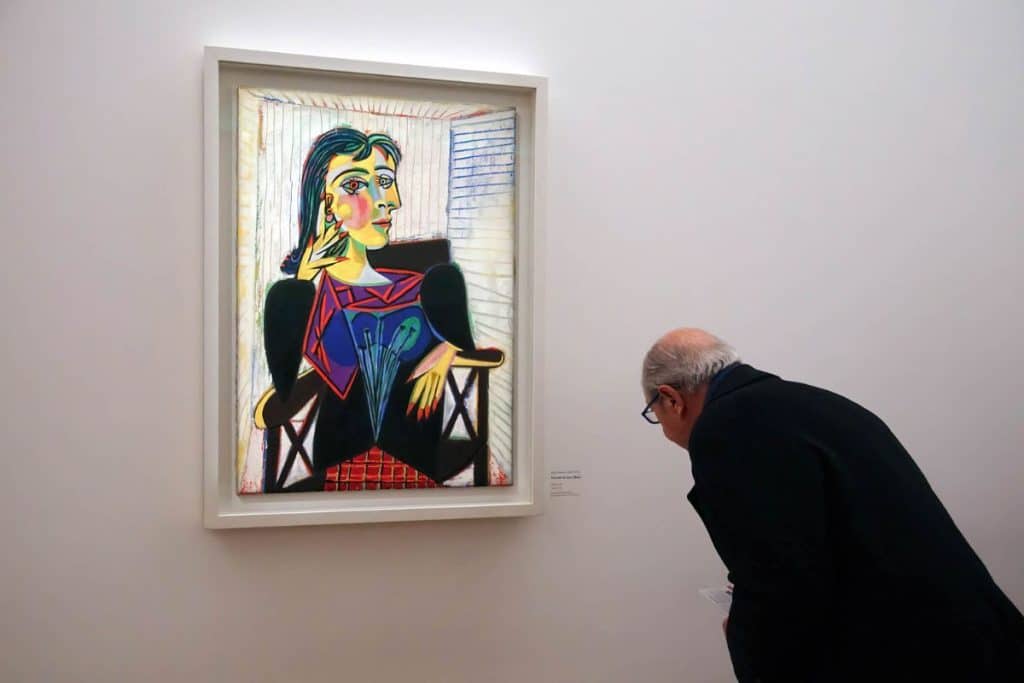In a world where loan processes are complex and require background checks, paperwork and more, there exists a service where a privileged few have access to instant cash in exchange for a temporary hold on their diamonds, handbags, cars, or artwork: Luxury lending.
Traditionally known as ‘pawnbroking’, according to this concept several personal items are eligible to be used as collateral for instant cash and returned upon pay-off of the loan with interest. Luxury lending is a similar service offered by several asset-based lenders, luxury lending caters solely to high-net-worth individuals (HNWIs) for immediate liquidity without having to sell high-value possessions.
At the other end of the spectrum, some private banks will offer structured, long-term loans to applicable clients for luxury assets.
“Unlike traditional financial portfolios, luxury assets have unique drivers of value, and borrowers should be aware that lenders will require security over these illiquid, emotionally significant assets,” Sam Cook, Head of Specialty Lending Solutions at J.P Morgan said in an exclusive interview with Arabian Business.
How it works?
The asset-owning individual can bring a luxury asset – designer handbag, masterpiece painting, limited edition watch, diamonds, art, and more – to a specialised lender. This item will then be inspected and evaluated to use as collateral for a short-term loan, typically ranging from a few months to a year.
However, interest rates can be on the higher end as compared to traditional bank loans but in some cases, lower than emergency borrowing options.
For instance, Borro offers an asset-based lending service with funding in 1-2 business days without the need for a personal guarantee or lengthy paperwork, offering loans up to $5,000,000 with no pre-payment penalties.
The firm lists that it accepts luxury watches, luxury cars, classic cars, jewelry, diamonds, gold, precious metals, luxury handbags, fine art, and auction-quality assets.

Enness Global explains luxury lending as “Luxury goods finance will help you unlock capital tied up in your personal luxury goods collection. Lenders will grant you a loan, in return using your luxury assets as security. You’ll be able to use the capital you raise from this type of loan for nearly any reason. However, in most cases, you’ll usually use the proceeds of the loan to provide liquidity for a business need, to reinvest (i.e., buy other appreciating luxury goods, diversify assets, or invest in a business), or pay off business or personal debt.”
According to the firm, this type of lending is only possible if an individual holds significant luxury assets. It is advised to borrow against a collection of luxury goods rather than a single one. However, if the value of a single item is high enough, it can be used solely.
“Lenders will usually have just as much interest in using a £75 million Picasso as collateral for a loan as they would using a portfolio of art that is valued at the same amount, for example,” the website explains.
At J.P Morgan, Cook explained that in order to become eligible for luxury lending, the requirement is more than “just having a luxury asset.”
“The core principle is to work with our clients on both the assets and liabilities of their balance sheet, emphasising the importance of being a comprehensive client with a balanced relationship. This distinguishes private banks from other lenders solely focused on the asset side,” he said.
Additionally, the firm focuses not just on high-value assets but those of high quality such as those from well-known shipyards for yachts or museum-quality artwork with a minimum value for art financing.

Luxury lending vs traditional lending
A key distinction between luxury lending and traditional lending lies in the emotional attachment that clients have towards their possessions, “considering the passion that they may have for these assets, the aesthetic beauty of them, or the experiences that they provide.”
Traditional financial portfolios typically consist of liquid assets such as stocks, bonds, and cash. However, luxury assets have their own drivers of value that set them apart. These assets may appreciate over time due to factors such as rarity, historical significance, or the reputation of the artist or designer.
Luxury lending allows individuals to tap into the substantial value of these assets by providing financing against them. This enables borrowers to access capital for various purposes, such as purchasing additional luxury items, expanding their investment portfolio, or funding personal ventures.
“There are a number of precautions that we take, recognising the emotional attachment clients have to these assets, taking a client-centric approach to lender and borrower security. One protective measure we implement is the use of personal guarantees, providing the bank with assurance that the client is committed to the financing and allowing for more collaboration during challenging periods – a benefit for both the lender and borrower,” Cook explained.
The private bank offers specialty lending to purchase or get financed against fine art, aircraft, superyachts and more.
Dubai is currently home to 210 centi-millionaires (individuals with a net worth exceeding $100 million) and 15 billionaires, according to Henley & Partners. The next decade is expected to see a record rate increase in this number with more wealthy from around the world seeking to move to the city.









